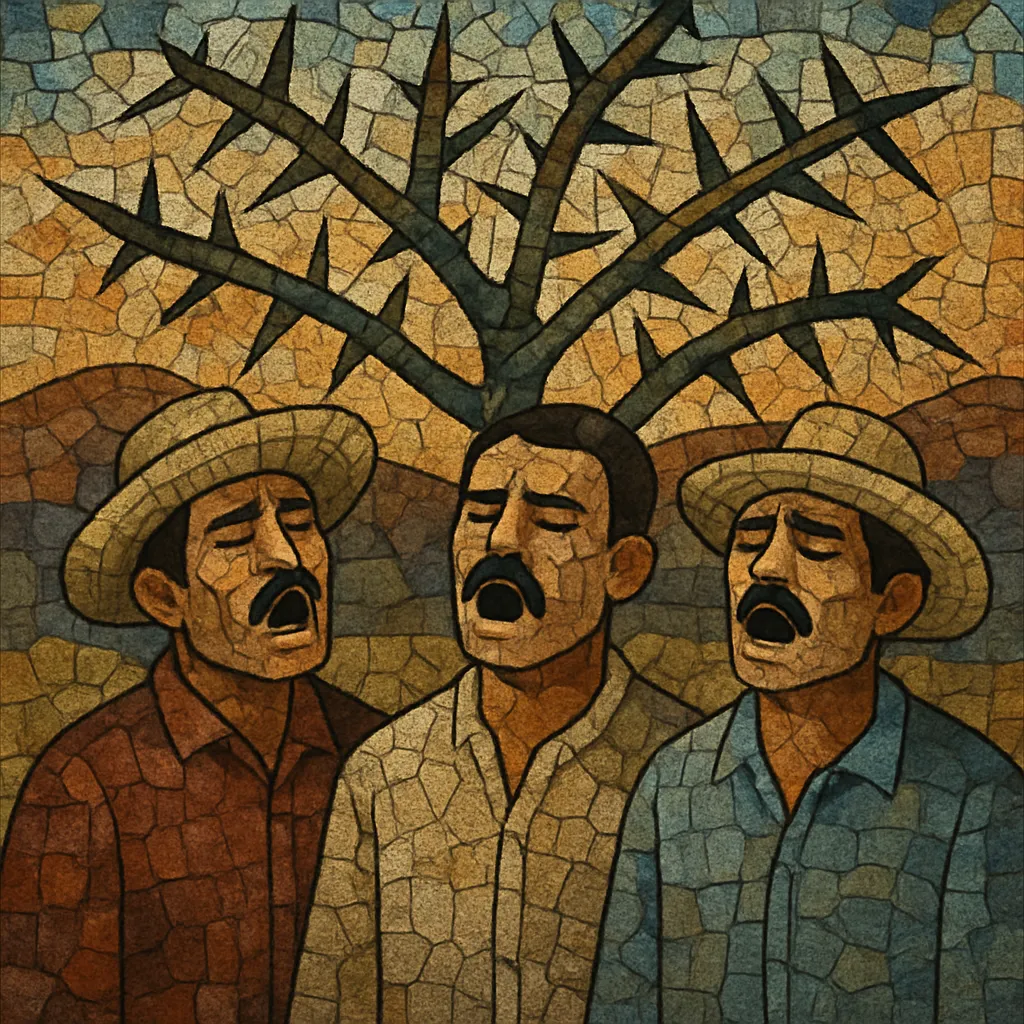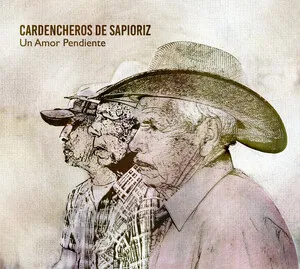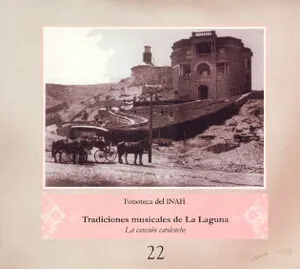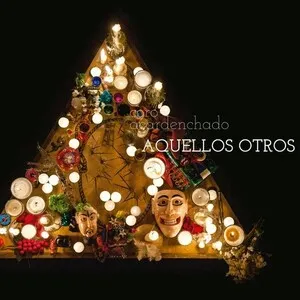Canto cardenche is a traditional a cappella, three-part male singing style from the Comarca Lagunera region of northern Mexico (Durango–Coahuila).
Its name derives from the cardenche cactus, evoking the bittersweet sting of its lyrics, which revolve around love, loss, work, and community life.
The style is characterized by close, often dissonant harmony, free rhythm, and expressive portamenti and microtonal inflections. Typical performances feature a lead voice (primera), a higher counterline (segunda), and a low supporting part (tercera/bajo), weaving dense, unaccompanied textures that feel both intimate and communal.
Canto cardenche emerged in the 19th century among agricultural and ranching communities of the Comarca Lagunera, particularly around Sapioriz (Durango) and neighboring towns in Coahuila. Sung without instruments after long workdays, at wakes, or in informal gatherings, the style developed as a communal practice that strengthened social bonds and expressed shared experience.
The tradition blends Iberian-derived strophic song and harmony practice with local Mexican folk aesthetics. Its a cappella format, use of close, sometimes clashing intervals, and free, speech-like rhythm likely reflect a convergence of Spanish ballad traditions and communal work-song habits. Although secular, its parallelisms and modal inflections occasionally recall older sacred singing heard in colonial and rural settings.
The 20th century brought urbanization, radio, and commercial genres that overshadowed local a cappella traditions. As younger generations migrated or adopted new styles, canto cardenche faced near-extinction, surviving mainly with elder singers. Field recordings, grassroots cultural initiatives, and festivals in La Laguna helped document and transmit the practice.
Since the late 20th and early 21st centuries, community ensembles, cultural institutions, and independent labels have supported workshops, performances, and recordings. While still fragile, the tradition has gained visibility beyond its region, inspiring contemporary Mexican musicians and sound artists who value its raw, communal vocal sonority.





